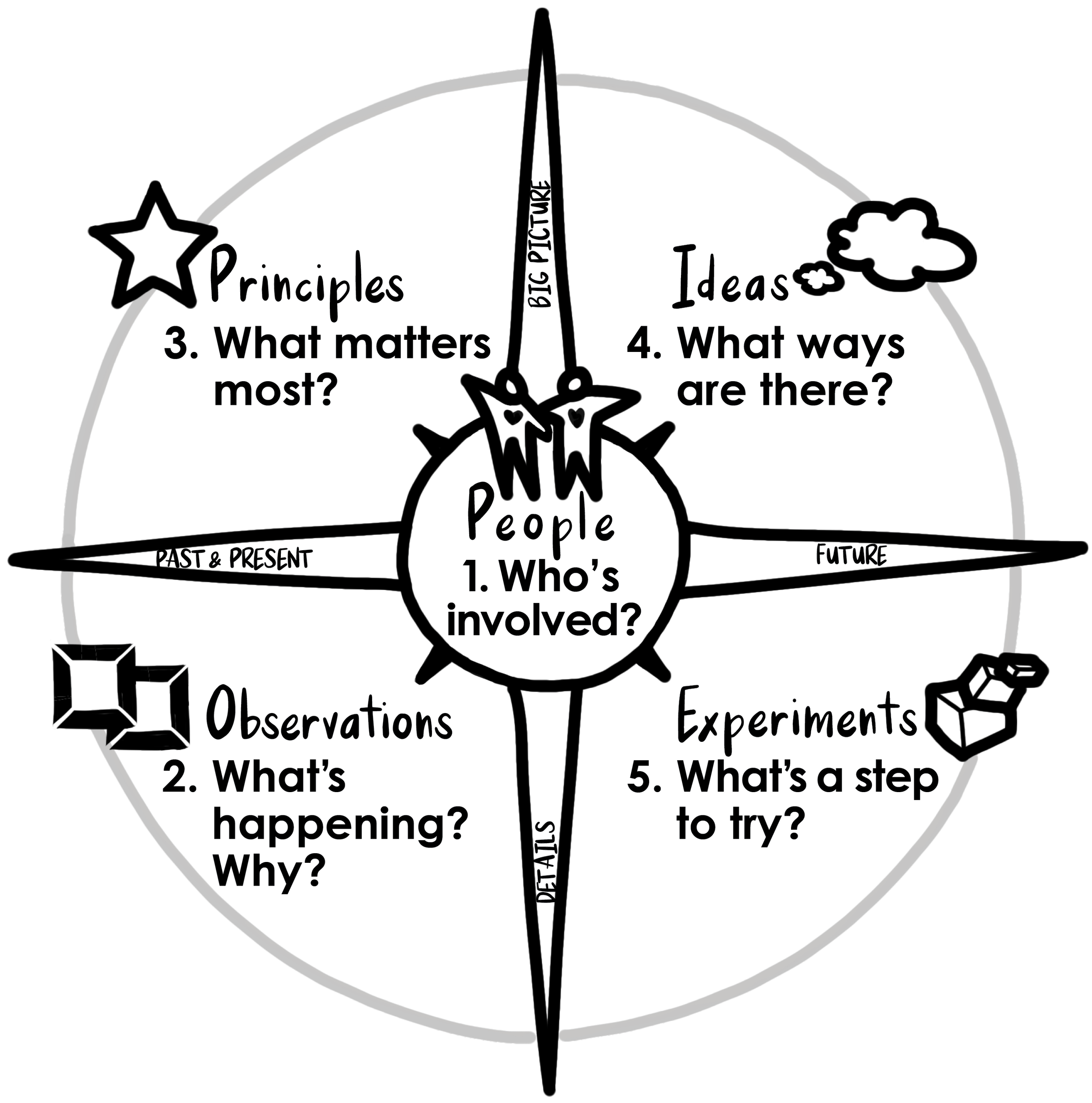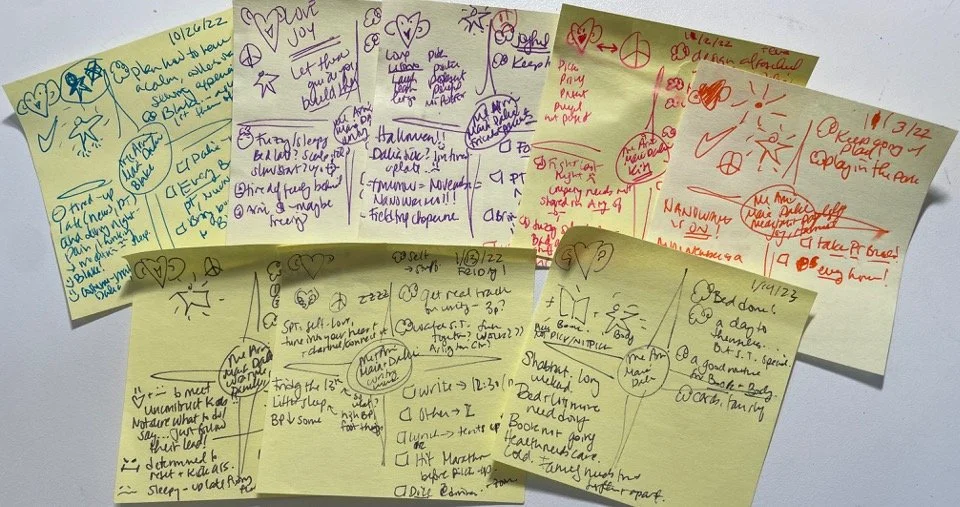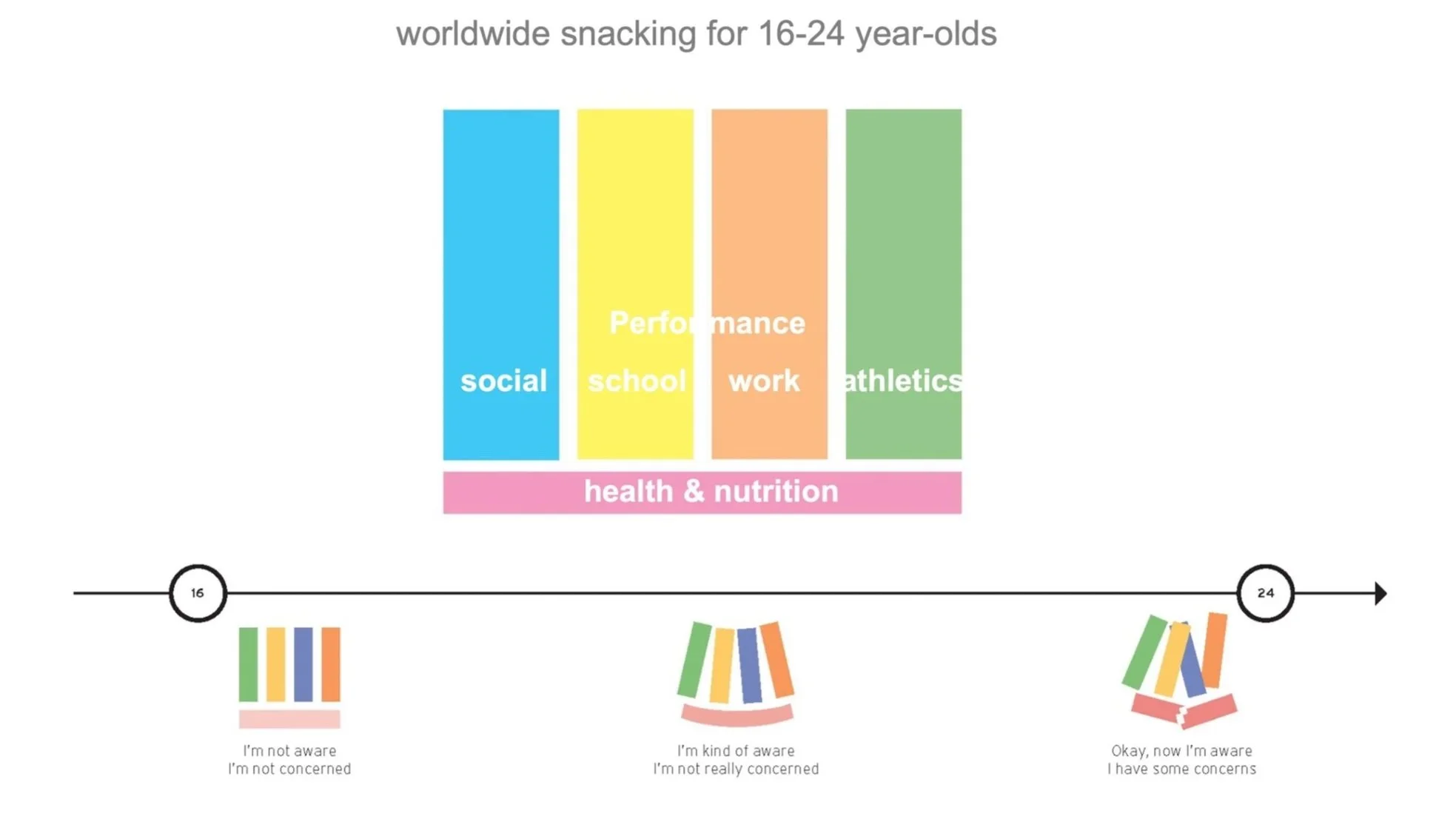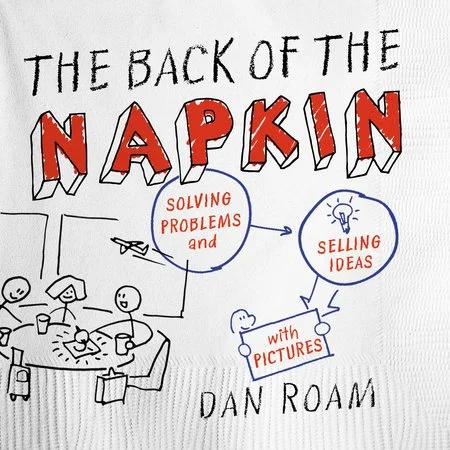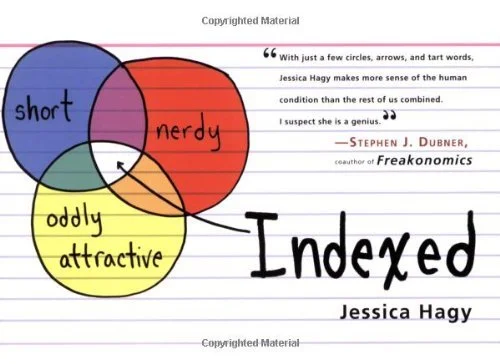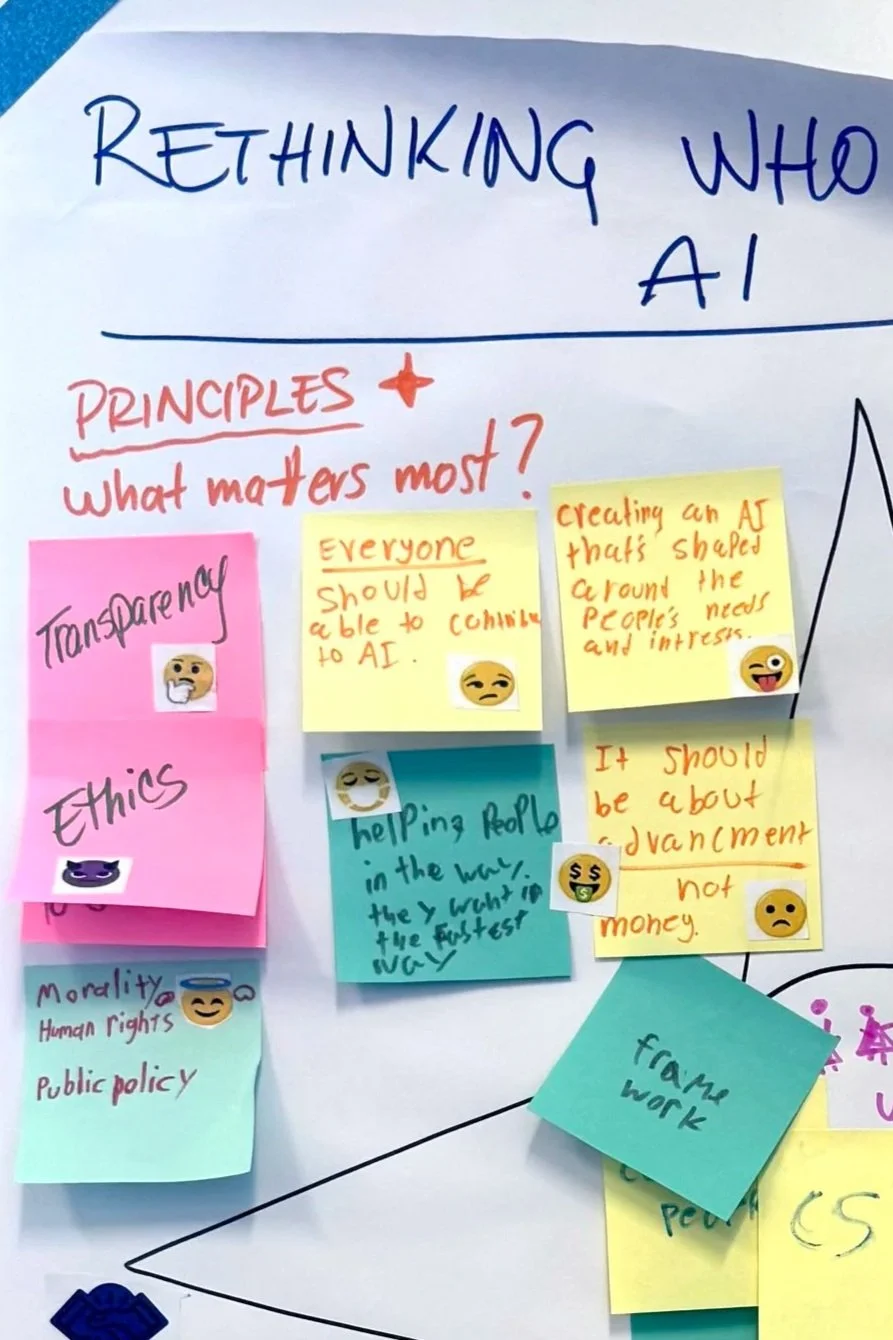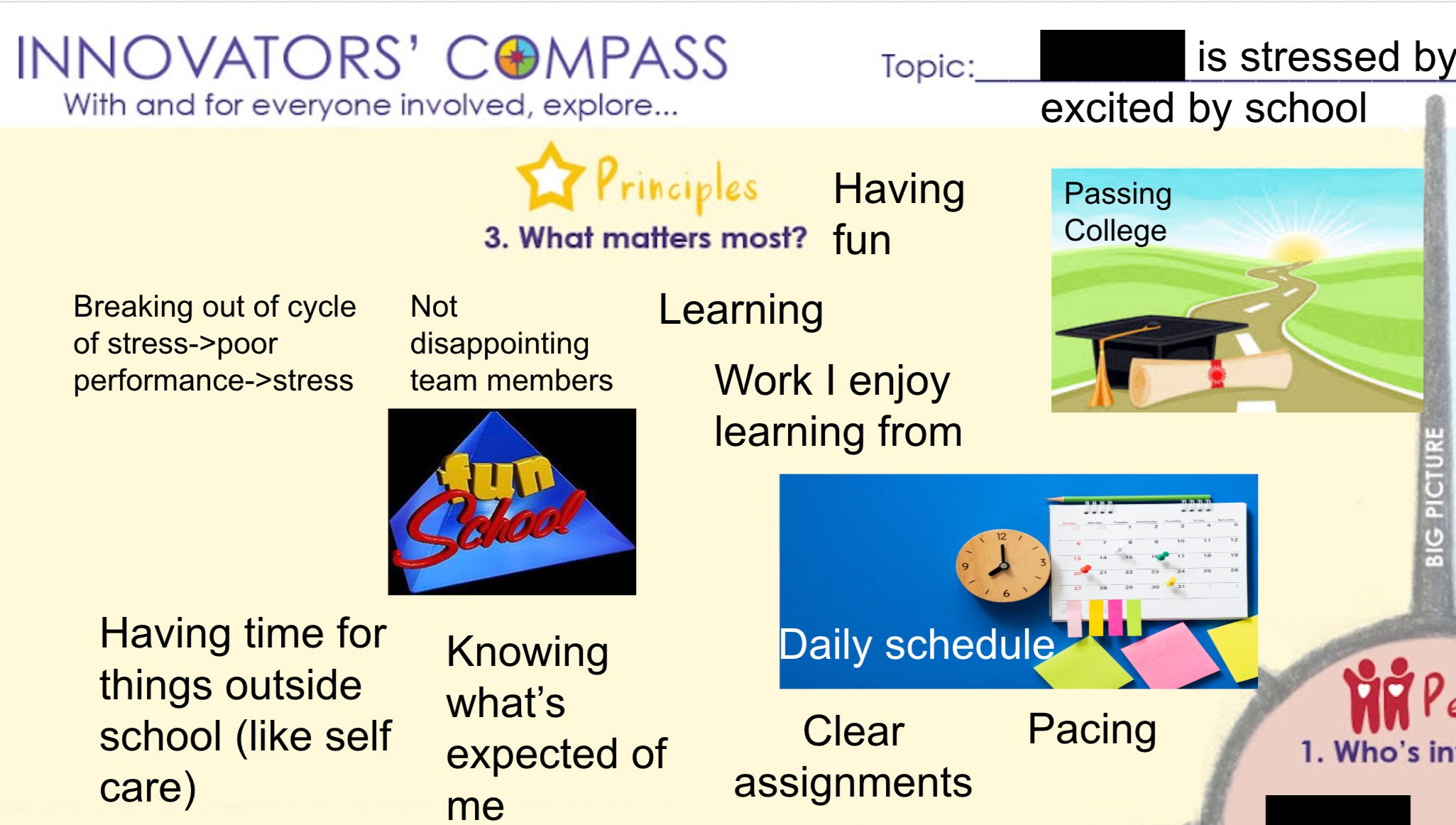"A picture is worth a thousand words.”
That’s not just a popular saying, it’s a tremendously powerful practice in anything you do—whether you’re fully seeing the people involved, detailing your observations of what’s happening, sensing and symbolizing what matters most, exploring ideas for ways forward, or creating an impactful first experiment.
But I’d love to spotlight one of those here: using pictures as we explore principles—what matters most.
We see this all the time in motivational posters—the artist uses an image to convey the principle and help it inspire us in a lasting way.
Personal principles in pictures
Exploring personal principles through pictures began for me long ago, when I was overwhelmed as I led a stressful global project for IDEO.
The mental soup of all of my best-and-worst moments that I’d observed suddenly simplified into a pair of simple sketches:
VS.
My takeaway: to focus more on the people involved, and less on the "stuff." This principle, with its picture, has remained powerful for me since, no matter what the stressful situation or stuff involved might be.
Much later, as I began doing daily compasses, a few other pictorial principles arose, such as:
A heart with ears—for unconditional love and listening with people in my family, work, and community.
A little starburst, for focusing on a few simple things—in my life, in a workshop, whatever—and letting them shine powerfully.
A peace sign with little clock marks around it—for dividing my time intentionally and being at peace with what happens.
A body that radiates—for self care.
Clearly these don’t have to be “picture-perfect” sketches! Even seeing these chickenscratch sketches on my desk daily helps me reset what matters most at any moment much more quickly and vividly than words.
Pictures tap into more of our human “processing power” to see what matters most amidst complexity
Our 10+ Human tools
What’s more, drawing and seeing pictures also engages our head, heart, gut, eyes, and hands—more of our 10+ human tools—in ways that words do not. Mustering more of our processing power is critical when we’re making sense of complex information and situations.
That’s the reason drawing pictures to find what matters most, or points of leverage, is a focus of Systems Thinking, which understands complex human or natural systems so that we can make things better.
Credit: this great Medium Article by Leyla Acaroglu
In many fields, including design, drawing pictures to identify what matters most is known as frameworking. This proved to be my personal superpower at IDEO, and I teach it to my design students. Innovators’ Compass, Our 10+ Human Tools, and Playing With Punctuation are three simple yet powerful frameworks that I created and are the foundation for the practices of innovatorscompass.org.
Another of my favorites, however, is a visual framework that one of my own mentors, Kate Schreiber, created for a project about what mattered most to 16-24 year olds we met around the world about health and nutrition (essentially nothing—until something that does matter to them is at stake!):
Many more examples I love of showing what matters most with pictures can be found in the books below (and the latter author’s amazing daily pictoral blog).
And the TEDx talk Draw Your Future focuses on visualizing principles that matter most about your dream future.
Your examples of Compassing principles with pictures
Many of you draw what matters most as you Compass in any situation—here are a few you’ve shared.
Karmelann Egan’s Ottawa kindergarten students exploring principles of kindness with their peers:
And below, participants in an Innovators for Purpose workshop used stickers provided by the MIT Museum to help explore and express princples for rethinking who designs AI:
Finally, my own students in a “pandemic edition” of my life design class, pulled in pictures they found online as they explored principles about their immediate and long-term life.
Whatever you’re planning, unsticking, or reflecting on, I hope you’ll play with pictures in any way to explore and express what matters most—your guiding prinicples for that situation.

